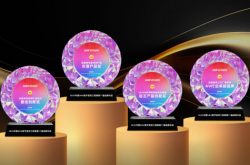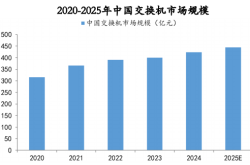Weekly Stock Market Review | Did US Tariffs Bring a Tailwind to A-Shares?
![]() 08/21 2025
08/21 2025
![]() 533
533
This week, we delve into the diverse automotive market by reviewing auto stocks.
A concerned stock investor friend recently expressed, "Every day, I see the market index rising and my returns growing, but I'm afraid it will all come crashing down when I wake up."
It's a sweet worry, indeed. The A-share market has recently seen promising gains, and this friend is relishing the joy of 'harvesting' daily.
On August 14, the Shanghai Composite Index breached the 3700-point mark during the session, with total trading volume across the Shanghai, Shenzhen, and Beijing exchanges exceeding RMB 2.3 trillion, setting a new high for the year's single-day trading volume. Following August 13, A-shares recorded both trading volume and margin balance exceeding 'RMB 2 trillion' for the second consecutive trading day.
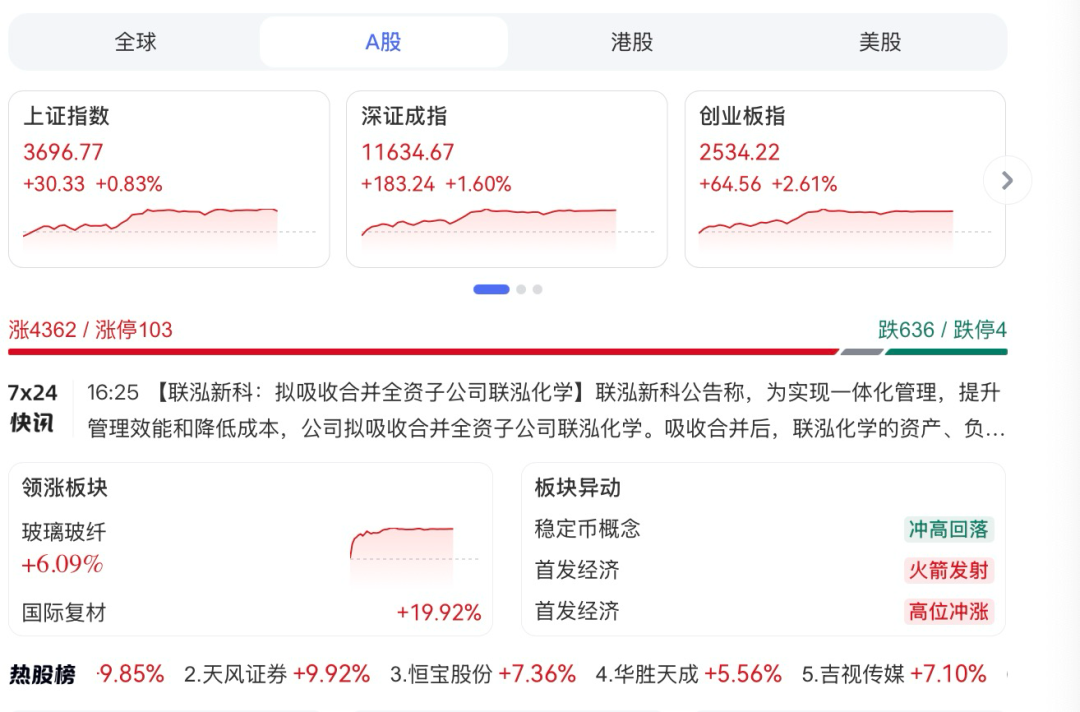
On August 15, the three major A-share indices continued their robust performance. By the close, the Shanghai Composite Index rose 0.83% to close at 3696.77 points, while the Shenzhen Component Index climbed 1.60% to close at 11634.67 points. Trading volume at the Shanghai and Shenzhen stock exchanges surpassed RMB 2 trillion for three consecutive days.
Historically, there have been a total of 7 trading days with both trading volume and margin balance exceeding 'RMB 2 trillion' in A-shares. Five of these days were concentrated during the leveraged bull market from May to June 2015. This current three-day streak is not only the first in nearly a decade but also marks a significant transformation in market ecology. In 2015, the double 'RMB 2 trillion' was dominated by high-leverage funds, whereas in 2025, it is fueled by a dual-wheel drive of 'fundamental improvement + loose liquidity'.
Policy support underpins this bull market. Stricter regulatory requirements for share reductions and financing contribute to a healthier market. Another favorable factor is the continuous rise driven by liquidity. The A-share market has strengthened significantly since July, primarily fueled by liquidity, with incremental funds accelerating their inflow into the market.
Huachuang Securities noted that A-shares' exceptional performance reflects the market's evolution from early high-leverage drivers within and outside the market to a mature market driven by policy coordination and fundamentals.
A key sign of maturity is exports' resilience beyond expectations after weathering the impact of tariffs. Recently released July export data continued to exceed expectations, highlighting China's supply chain advantages that are difficult to replace in the short term.
From a capital perspective, foreign capital is confidently accelerating its inflow into the Chinese market. Morgan Stanley's report shows that after two consecutive months of net buying Chinese stocks, global long funds injected USD 2.7 billion in July alone.
Global capital's confidence in the Chinese market is underpinned by the 'back and forth' of US tariffs. Recent data from the World Trade Organization and the International Monetary Fund reveal that as of August 7, the US trade-weighted average tariff rate on all global products rose to 20.11%, significantly higher than the 2.44% at the beginning of the year.
The tariff policy's impact on the US manufacturing sector is evident domestically in the flow of resources into low- and mid-end manufacturing sectors that have lost their comparative advantages, leading to a decline in overall production efficiency. Externally, it prompts other countries to accelerate 'de-Americanization' in the trade sector and 'de-dollarization' in the currency sector.
Weak labor market data in the US in July also suggests that tariffs are harming the US economy. The Wall Street Journal believes that ominous signs are emerging in both the job market and the consumer sector in the current US.
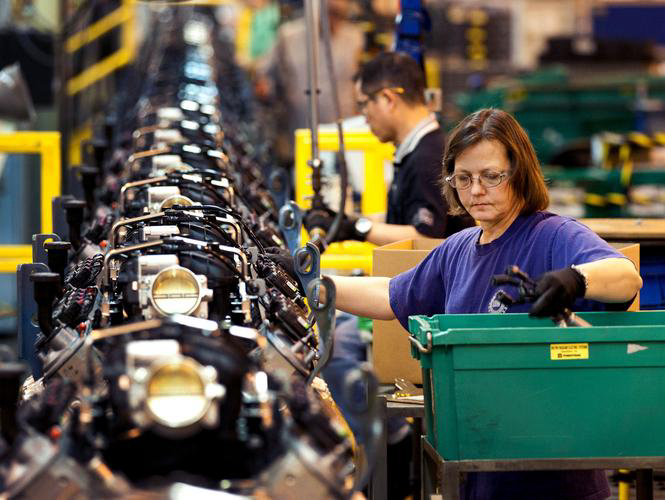
'The economy has already shown cracks.'
'Due to the uncertainty surrounding the US government's tariff policy itself, and the tariff rate not being finalized, many US companies are still adopting a wait-and-see attitude towards whether and on what scale to return,' market analysts explain. 'The tariff stick is cycling between hurting others and hurting oneself.'
Currently, China and the US have extended the 'truce period' for tariffs by 90 days, and the US market's reaction has been relatively muted. The Wall Street Journal believes that this muted response contrasts sharply with the large fluctuations in the S&P 500 index previously triggered by tariff news, suggesting hidden risks behind the 'mutedness'.
One such risk includes the decline in Trump's approval rating. The Pew Research Center's latest poll shows that Trump's tariff policy and the 'Big and Beautiful' tax and spending bill have higher disapproval rates than approval rates among Americans.
Among the respondents, 55% are 'not very confident or not confident at all' that Trump is making the right decisions on economic policy, and Trump's overall approval rating continues to decline.
Not only is Trump's approval rating falling, but even the number of tourists visiting the US is expected to decline significantly. Data from the US Travel Association indicates that foreign tourist arrivals to the US this year are expected to fall by 5%, resulting in a USD 64 billion loss for the US tourism industry.

For lifting a rock only to drop it on one's own feet, Japan, which has always followed the US lead, has recently been unable to contain its sarcasm. The Nikkei Asian Review website reported that the recovery of the US manufacturing sector is nowhere in sight.
This is because Japan was deceived by the US. On July 23, Japan and the US reached a trade agreement under which all Japanese exports to the US, including automobiles, would face a 15% tariff. The new round of tariff agreements officially took effect on August 7.
It is precisely this newly effective agreement that has stabbed Japan in the back by its elder brother, the US. The so-called 'reciprocal tariff' rate applicable to Japan under the US-Japan trade agreement is 15%.
Since the 'reciprocal tariff' includes a so-called 'base tariff' of 10% that has been imposed since April, the tariff rate applicable to Japan will increase from 10% to 15% starting in August. The US government announcement shows that Japanese goods already subject to tariffs will need to add an additional 15% on top of the existing tariff rate, which is inconsistent with the agreement and unfavorable to Japan.
Automotive exports to the US are the cornerstone of the Japanese economy, accounting for 28.3% of Japan's total exports in 2024. Trade data from April to June shows that Japan's exports to the US fell significantly year-on-year for three consecutive months, with a decline of 11.4% in June.
This data has made the Japanese government uneasy. Therefore, the Japanese government has revised its forecast for real GDP growth in fiscal year 2025, down from the previously expected 1.2% to 0.7%.
The Japanese automotive industry, which has always regarded the US market as its main core market, will inevitably be affected by tariffs. Coincidentally, the implementation of high tariffs has put many Korean automakers and component companies in a dilemma.
According to the latest forecast by the Korea Institute for Industrial Economics & Trade, due to the impact of high tariffs, Korean auto exports in the second half of this year will decrease by 11.4% compared to the same period last year, and the total exports of automobiles and components for the whole year are expected to decrease by 8% year-on-year.
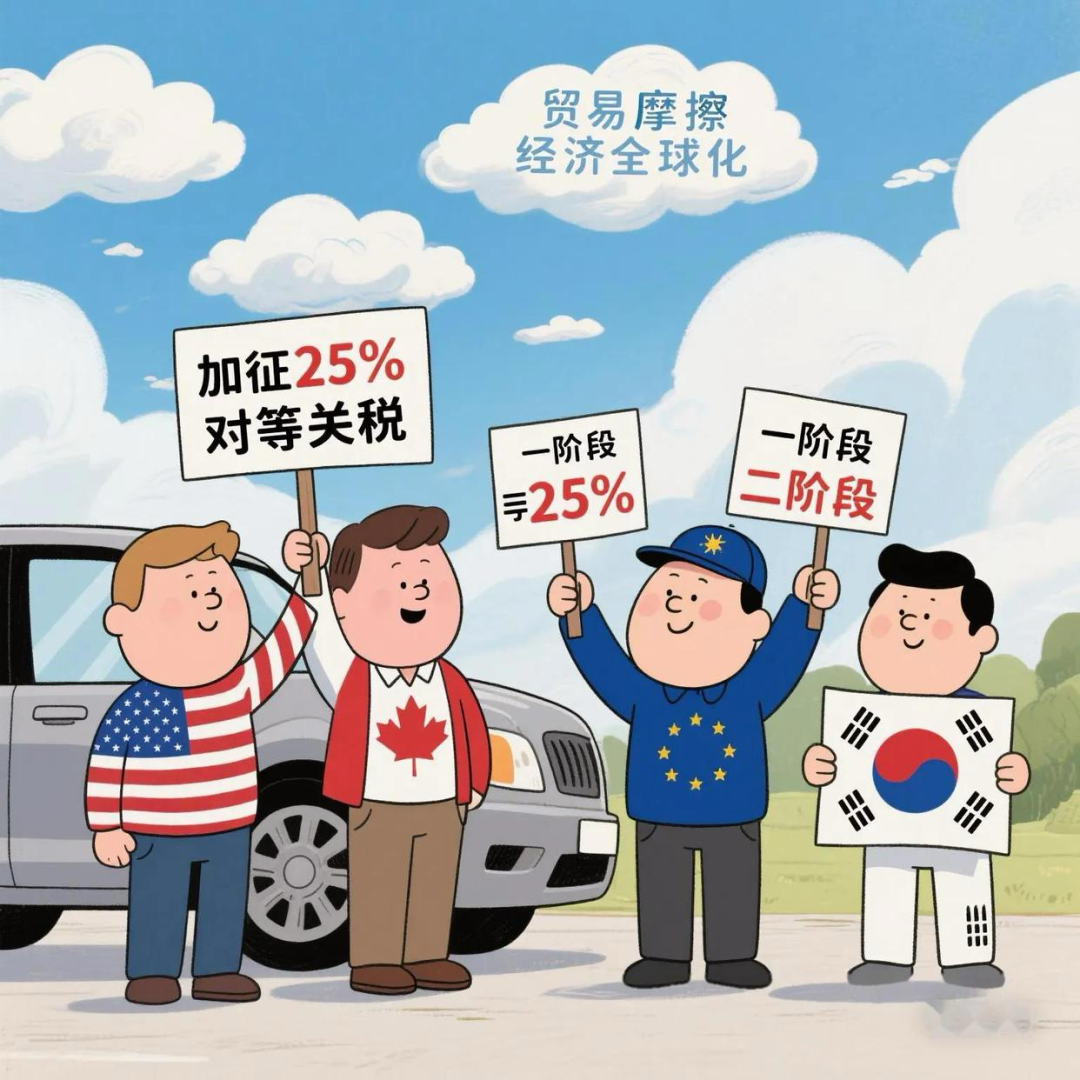
However, the US automotive industry that Trump once declared he wanted to save has not benefited from the tariffs either. Michigan Governor Gretchen Whitmer told Trump that the current tariff policy is hurting the US automotive industry.
'If Trump's tariff policy had truly boosted the prospects of the US domestic manufacturing sector, Ford Motor Company would have been one of the biggest beneficiaries. But in reality, tariffs are hitting Ford hard,' reported a US magazine website.
General Motors, Ford, and Stellantis Automotive have about 50 factories in Michigan, and the automotive industry creates nearly 600,000 jobs in the state. However, data from the US Bureau of Labor Statistics shows that since the Trump administration took office, 7,500 jobs have disappeared in Michigan, and the local automotive industry has been heavily hit by the tariff policy.
Data indicates that the tariff policy has resulted in a reduction of USD 1.1 billion in GM's earnings and USD 800 million in Ford's earnings in the second quarter of this year, with Stellantis Automotive posting a loss of EUR 2.3 billion in the first half of the year.
Bloomberg quoted industry data reporting that almost all automakers producing cars in the US face the same dilemma, with each car produced in the US containing an average of 50%-60% imported components. However, with a stroke of Trump's hand, a 50% tariff was imposed on steel and aluminum, and a 25% tariff on auto parts.
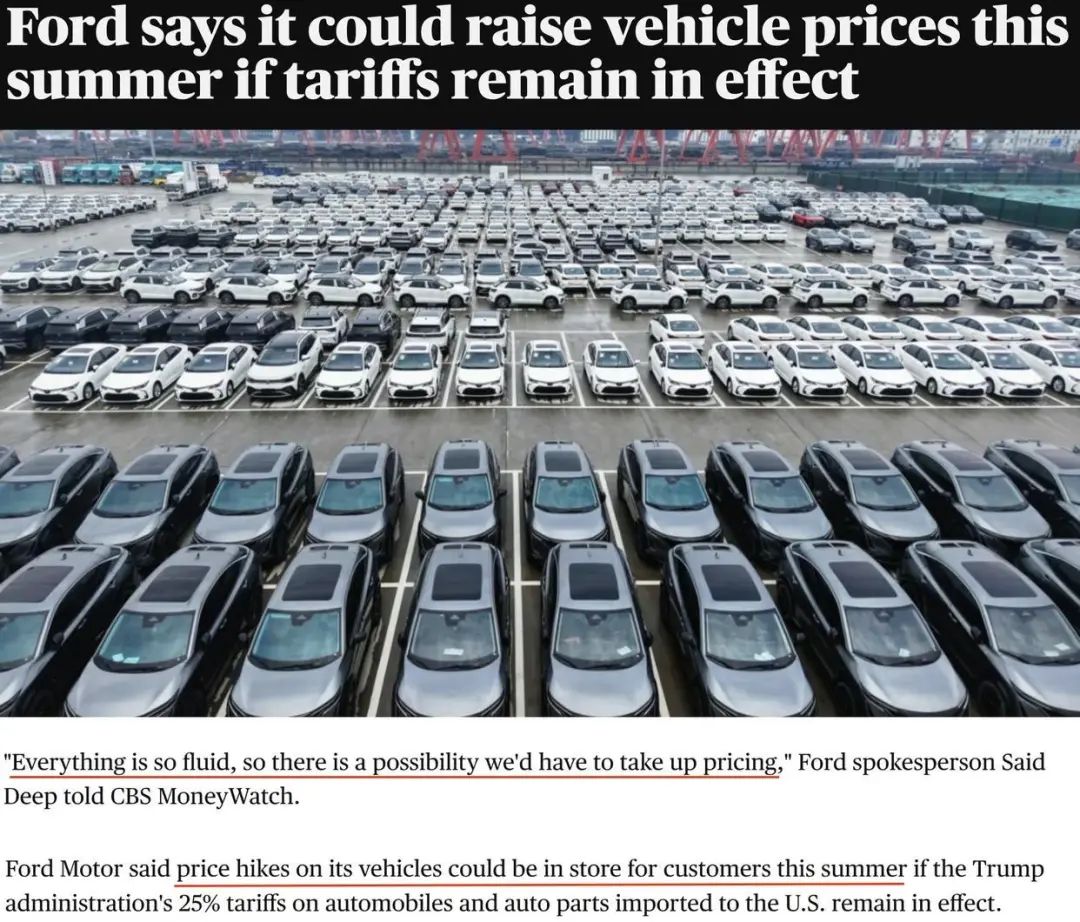
The rock has hit the feet of US automakers. The current US automotive supply chain has become a 'sponge' for tariff costs.
Ford CEO Jim Farley found that a Ford SUV assembled in Kentucky, USA, costs USD 5,000 more than a competing model imported from Japan. Some imported luxury cars and electric vehicles may increase in price by more than USD 12,000 each.
The entire US automotive manufacturing industry is highly dissatisfied with Trump. Executives warn that the industry will face difficult times in the future, and product prices will also rise with tariffs. Furthermore, the tariff policy has dealt a severe blow to the 'dream of revitalizing Buick, a very important and historic brand in the US automotive industry.'
Now, automakers and suppliers are being asked to use their 'profits' to fill Washington's tax revenue. Previously, a local US automotive component supplier helplessly stated, 'The current market is about who can survive, not who can prosper.'
Tightening their belts to feed Washington's coffers, the American people are also enduring trying times.
Note: Some images are sourced from the internet. If there is any infringement, please contact us for removal.
-END-

